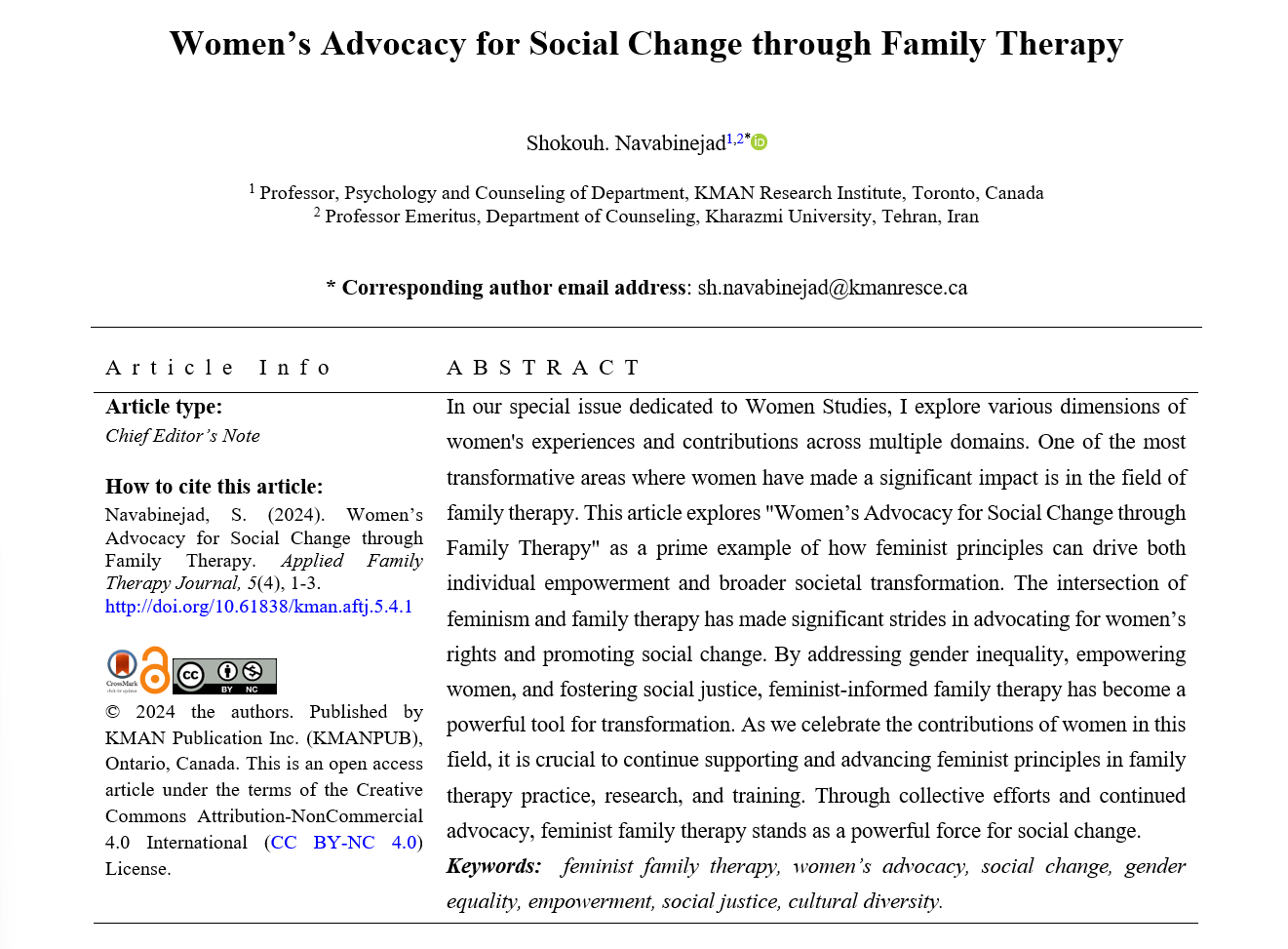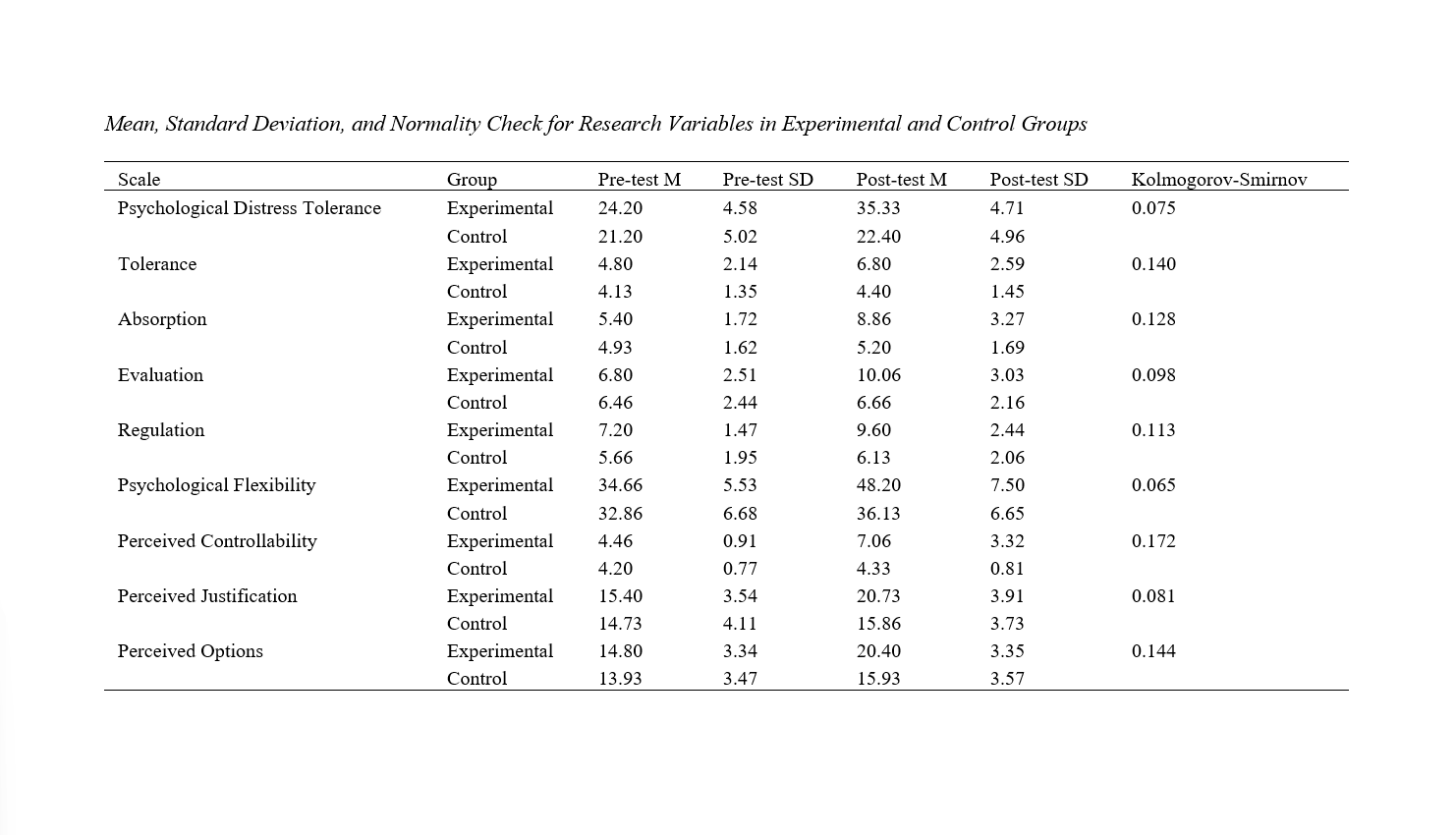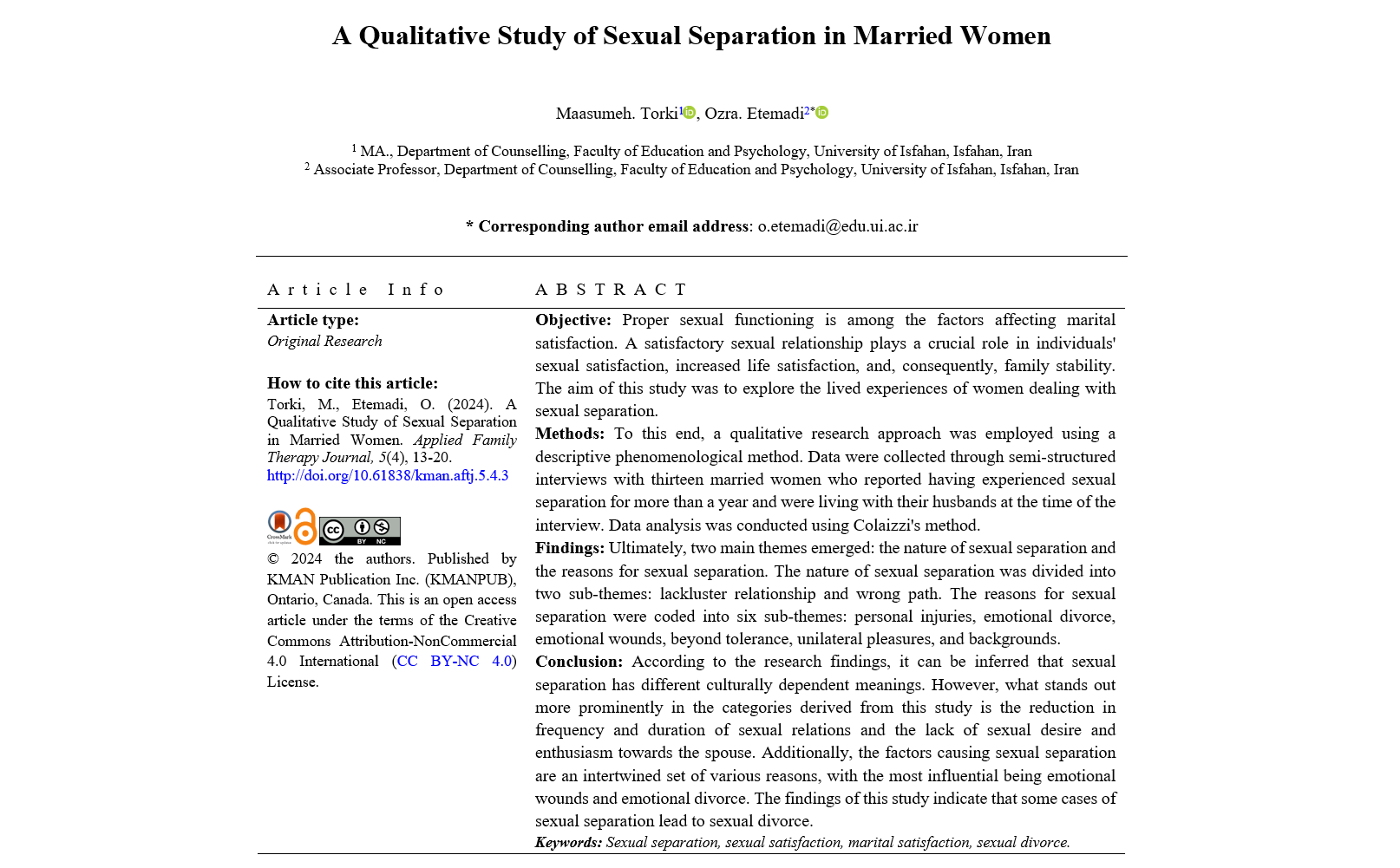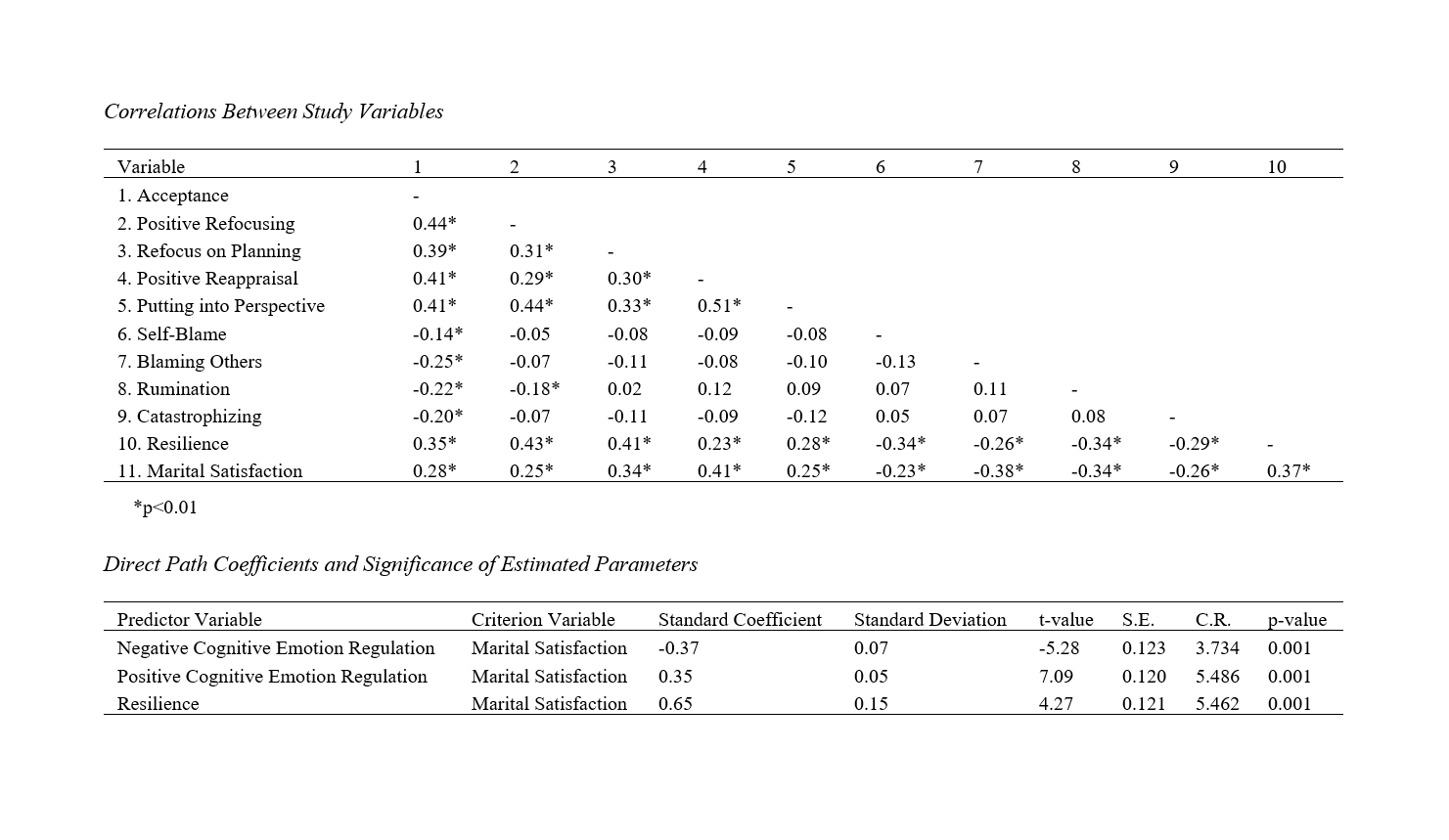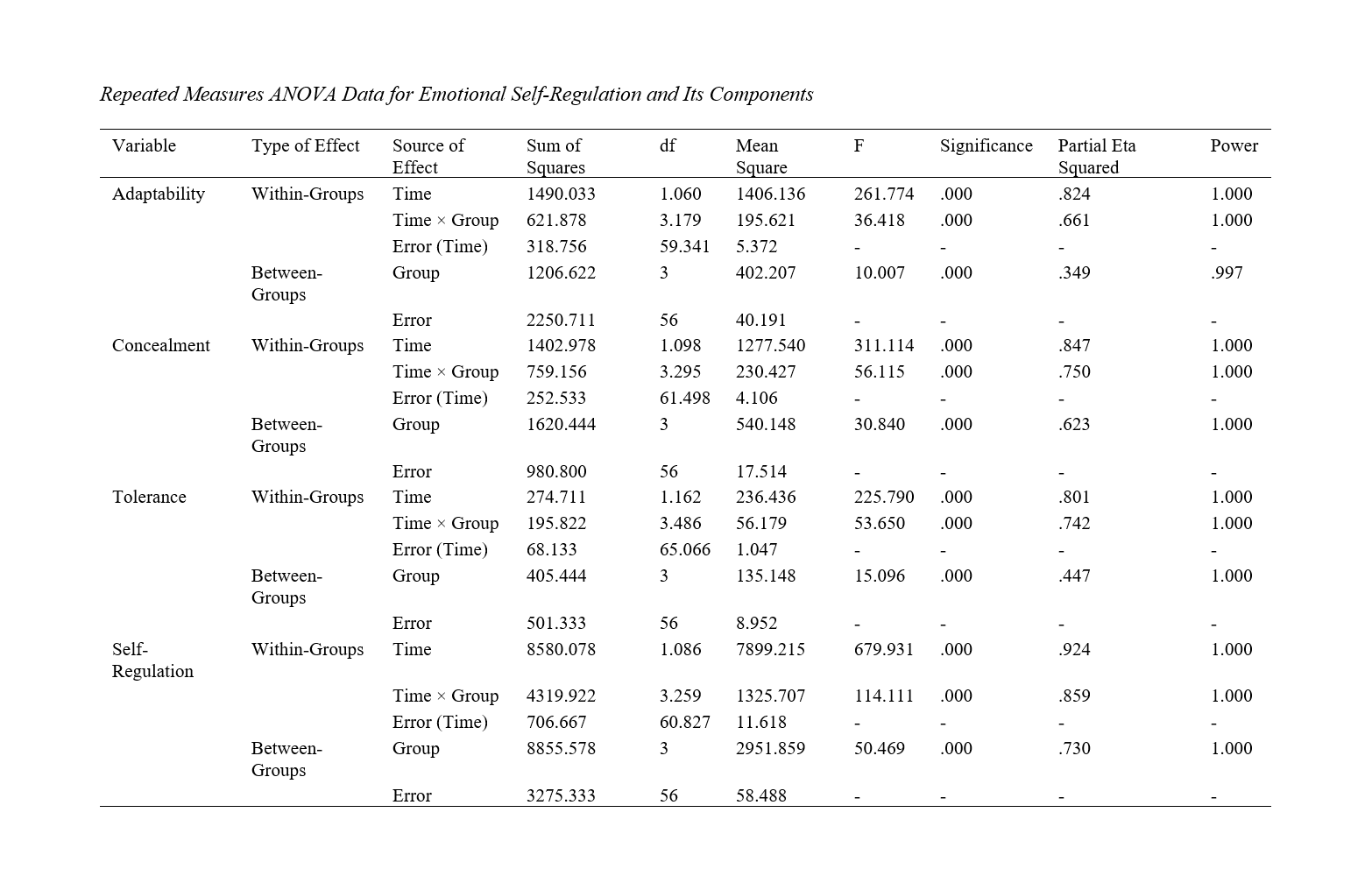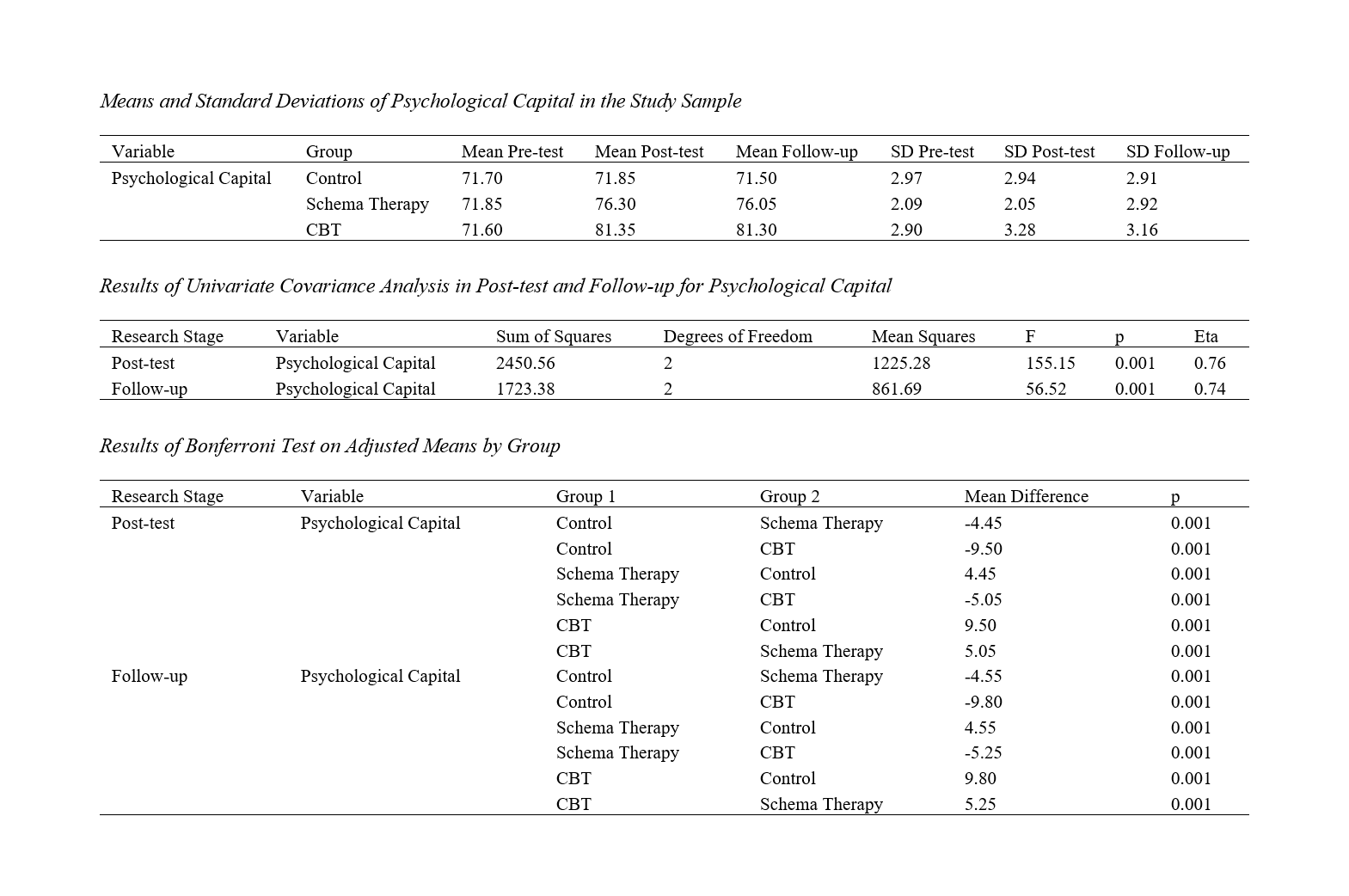
- E-ISSN: 3041-8798
- Director in Charge: Dr. Seyed Ali Darbani
- Editor-in-chief: Dr. Shokoh Navabinejad
- Associate editor: Dr. Seyed Ali Darbani
- Publisher: KMAN Publication Inc
- Contact Email: aftjournal@gmail.com aftjournal@kmanpub.com
- Open Access: YES
- Peer-review: Yes (Open Peer-review)

